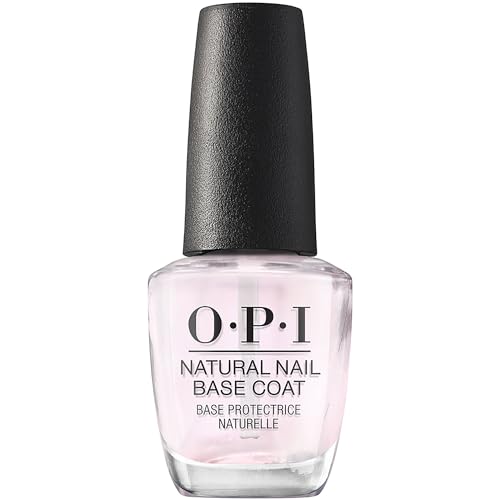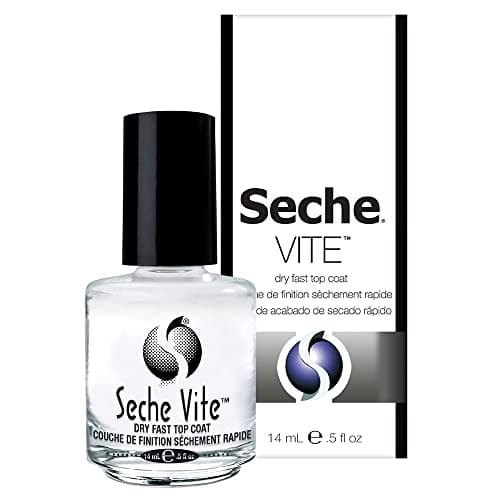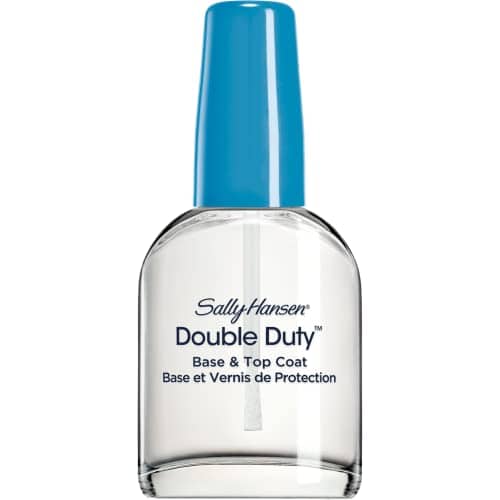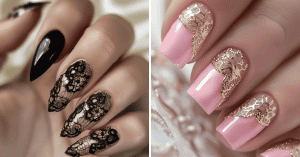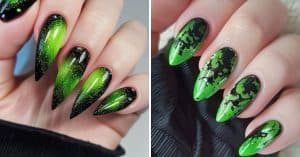Want to make your nails look pretty and fancy? Nail polish is an easy and cheap way to do that. But you want the nail polish to stay on your nails for as long as possible. You might be wondering how many layers of nail polish you need to put on.

This article may include affiliate links and elements that were carefully created by our team using advanced ai to help you envision the best style advice.
Keep reading to find out the best way to apply nail polish so it lasts a long time. We will share the recommended number of coats, as well as some helpful tips and tricks to make your nail polish look its best.
Steps for Perfect Nails
Before painting your nails at home, you need to prepare them properly. Clean your nails with nail polish remover to remove any oils. Buff your nails to make them smooth. Then you're ready to start painting.
Remember this simple rule: use at least four layers - a base coat, two layers of nail color, and a top coat. You can add one more color coat and top coat if needed but don't use less than four layers.
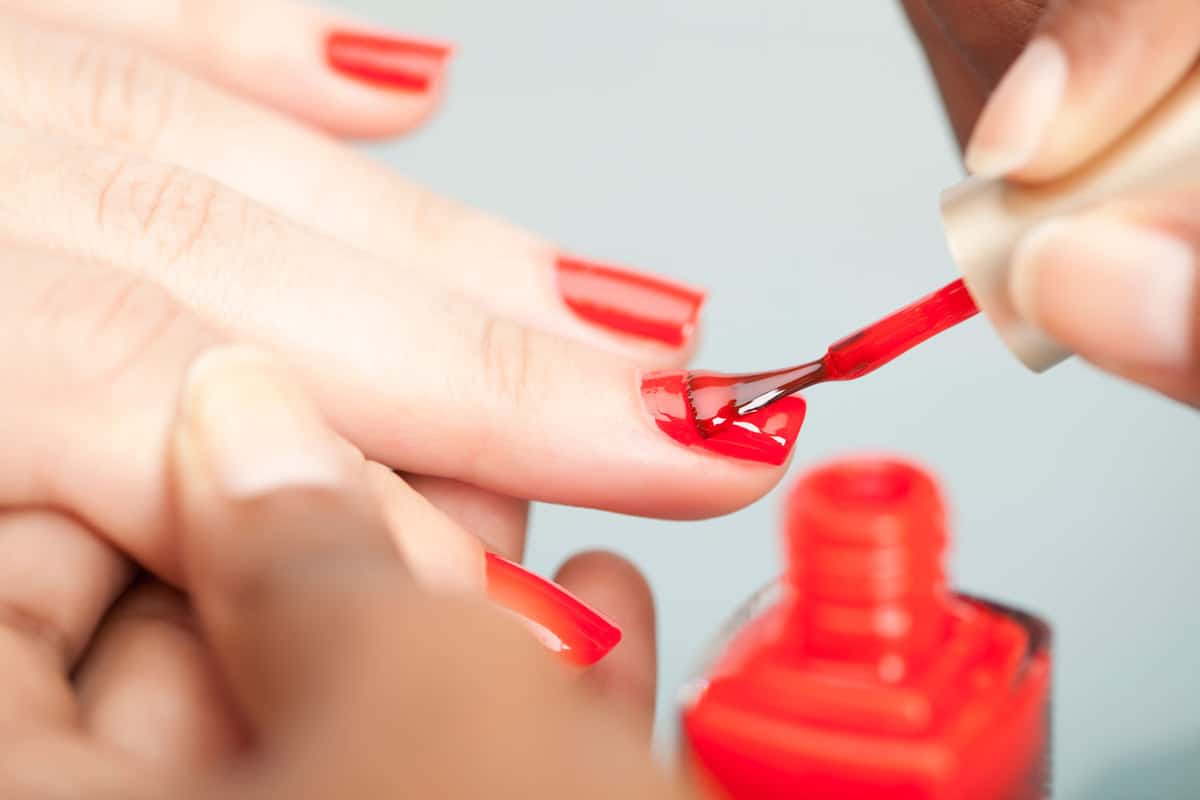
1. Base Coat
The base coat is the first step, and many people skip this one. This is a mistake. The base coat primes the nail and allows the polish to adhere better. It also gives your polish a smoother look by filling in any ridges that remain after buffing.
Ridges can occur when your nails are stripped. If you find that your polish isn't smooth or that your polish seems to be damaging your nails and you aren't starting with a base coat, you should consider using one. A singular layer is enough when it comes to the base coat.
The base coat also protects your nails by creating a barrier between the nail bed and the nail polish. This keeps your nails from becoming discolored, which can happen with strong colors. It also helps protect the nail from breaking, splitting, and peeling damage.
A fortified base coat can even help repair nail damage that has already occurred. If you were getting a professional manicure, you would expect a base coat, so don't skip it at home either. Your nails will thank you later.
For a base coat that strengthens and repairs nails, consider this long-time favorite from OPI.
2. Nail Polish
When applying nail polish, there is a process that top nail stylists say works the best. You should apply a thin layer with only three strokes: one down the middle first, then one down each side.
Two of the biggest mistakes that ruin an at-home manicure are getting too much polish on the brush and using too many strokes.
Too much polish creates a layer that won't dry, leaving a glob of polish that looks heavy and unattractive. Not to mention, it will inevitably turn into a smudge. Too many strokes will leave brush marks instead of a smooth finish.
Understanding the variety of nail polishes and finishes available, such as the 23 types discussed in related guidance, can also influence how you apply polish.
Experts also say that anything more than three coats is too many. Thick layers of nail polish tend to clump and smudge. Too much polish can chip or peel off in large pieces, and heavy layers look overdone instead of sleek.
In contrast, one coat may not give you the coverage or color you want. One layer isn't very durable and won't hold up to most normal wear and tear. Go ahead and take the extra time to add the second coat of nail color.
3. Top Coat
This is another step that some people omit. Doing so leaves your nail polish unprotected. A top coat is like a coat of armor for your nail polish. The clear layer forms a protective covering that shrinks around the nail and seals in color.
This step helps to prevent chipping and peeling. Don't forget to run a layer along the end of your nail. The tip part of the nail is often overlooked, leaving the end of the nail color unsealed and vulnerable.
Two layers provide the best protection, but you should add additional layers in the following days for maintenance.
In addition to protection, the top coat also gives your nail polish a glossy look. Some top coats even have quick dry ingredients to help your color to dry faster.
For a top coat getting rave reviews from experts and the internet, check out this one from Seche Vite.
How long should you wait between applying nail polish coats?
It is recommended that you wait 2-4 minutes between each layer of polish, whether it's the base coat, top coat, or nail color. That is the amount of time needed for the solvents in the polish to evaporate, which is what allows it to dry.

Rushing the job doesn't allow your color to lock in fully. Patience will pay off in the end when your nail color looks better and lasts longer.
Is it bad to paint over old nail polish?
For the best look, you always want to start with clean nails. Even if you don't have old polish on your nails, it's still a good idea to use nail polish remover on your nails before you apply the new color.
However, there may be times when you are in a hurry and don't have time to remove your polish and apply new. In this case, a quick touch-up over old paint will work.
The look will not be as smooth as a fresh coat, but it will look better than chipped or damaged nail polish.
What happens if you put on too much nail polish?
More is not always better. This is true with nail polish. While you want full coverage, more than three coats of polish can make your nails look bulky and messy.
The extra layers are prone to clumping, streaking, and smudging because only the surface layer dries completely.
Too much polish can also cause your polish to form a shell-like covering which can chip off in one large piece. If you have too much polish on your nails, it is best to remove it and start over.
Can you use a top coat as a base coat?
The two products may look similar, but each one has a different purpose. Therefore, the formulation is different, and the two should not be used interchangeably.
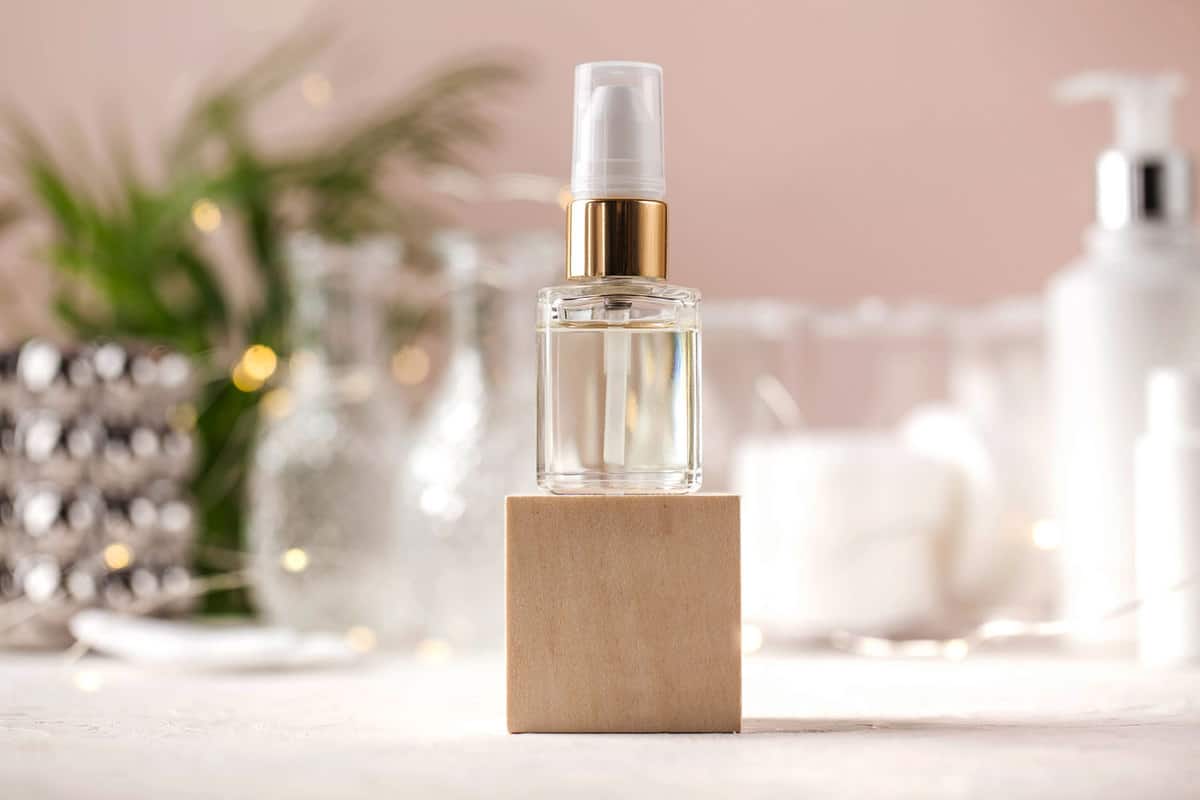
The base coat is designed to give nail polish something to adhere to. So it is thicker and has a sticker consistency. In contrast, a top coat is thinner and has multiple ingredients that form a strong protective layer when it dries.
However, there are products on the market designed to do both jobs. These two-in-one products combine the ingredients of each one into a formula that can serve as both the base coat and the top coat.
If you are looking for the convenience of using only one product for the base and top coat, make sure you are using a specially formulated product to do the job, or you won't get the results you are expecting.
If you are interested in a two-in-one product, check out this Double Duty version by Sally Hansen.
Should you reapply the nail polish top coat?
Yes, you should reapply the top coat as part of a maintenance routine to keep your painted nails looking good as long as possible. Reapply a quick-dry topcoat every few days.
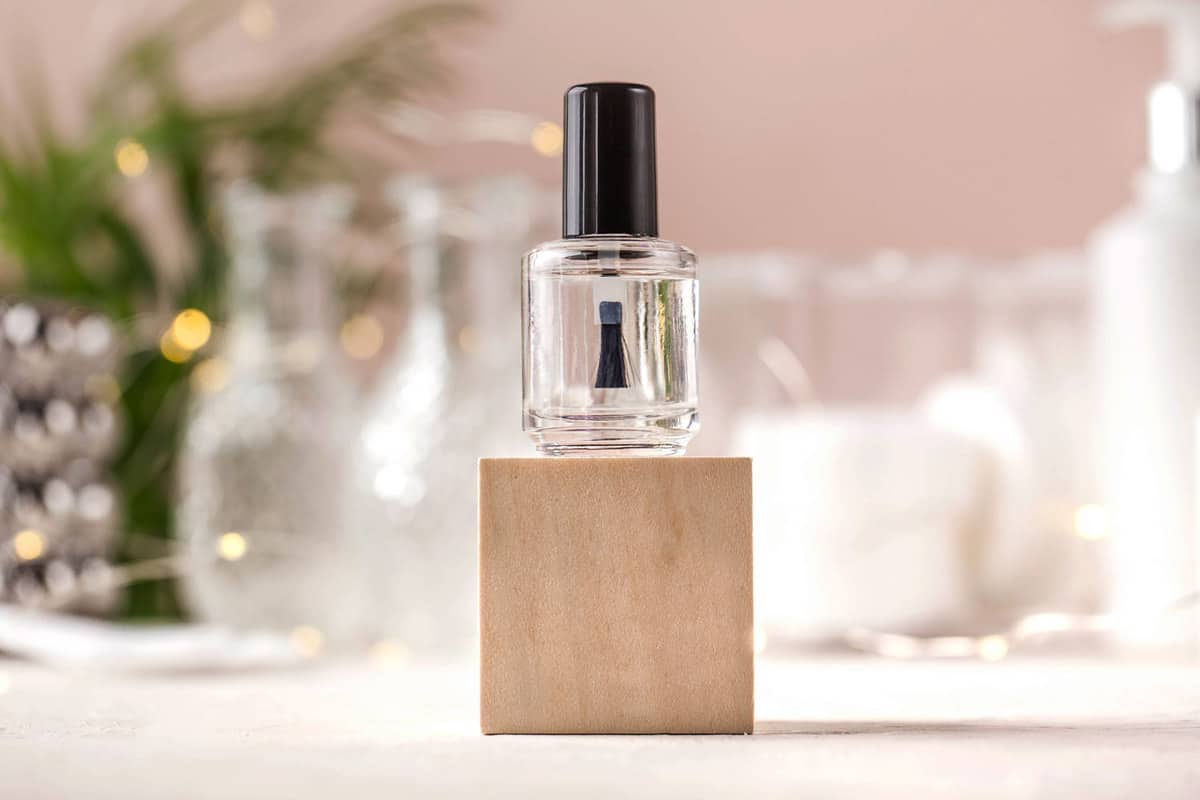
The added top coat keeps a fresh layer of protection over your nail polish for added strength. Using a quick-dry version means the process doesn't have to be time-consuming.
Polishing Off With Perfection
When you want your nails to look their best, there is a process that works best when applying nail polish. You want a base coat, two to three thin layers of nail color, and then finish off with a layer of top coat which may need to be reapplied over the lifespan of your nail color for added protection.
Share this must-read article with friends who love nail art, or on your social media, and don't forget to include the image below for a sneak peek!


